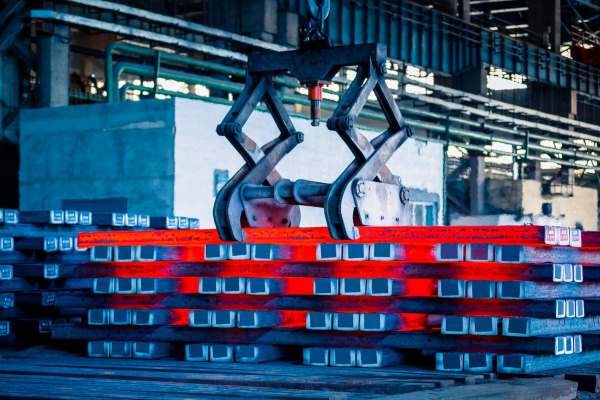A new study published in Environmental Research Letters has brought to light the significant climate-related costs associated with the production of nine common materials in the United States, revealing a staggering $79 billion in annual damages.
Conducted by engineers and economists at the University of California, Davis, the study offers a comprehensive analysis of the emissions tied to materials like steel, cement, plastics, and aluminum. The results underscore the need for policy reform and technological innovation to mitigate the environmental impact of material manufacturing.
The research team, led by Elisabeth Van Roijen, a recent Ph.D. graduate from the UC Davis Department of Civil and Environmental Engineering, aimed to quantify the externalized climate costs that are currently not factored into market prices.
“We wanted to look at the cost to society to produce these materials,” Van Roijen explained. The team analyzed production data, energy consumption, and emissions factors for materials such as asphalt, plastics, brick, glass, cement, lime, gypsum, steel, and aluminum, assessing both energy-related and process-related carbon dioxide emissions.

The hidden impact of manufacturing
In 2018, U.S. production of these materials generated 427 million metric tons of CO2 emissions, leading to climate costs that remain unaccounted for in their market prices.
For instance, the manufacturing of steel and plastics alone contributes over $20 billion each to the overall climate burden due to their high production volumes.
If these climate costs were factored into pricing, the cost of materials like cement and lime could increase by as much as 62% and 61%, respectively. Even lower fractions of climate-related costs, such as those for steel (22%) and plastics (19%), represent significant economic impacts given their widespread use.
This price increase, according to Van Roijen, could act as a lever to accelerate the adoption of climate-friendly alternatives. “Accounting for the externalized cost of emissions could provide an economic basis for driving innovation and implementation of alternative material production methods,” she said.
Process-related emissions pose unique challenges
Nearly half (42%) of the total climate costs stem from emissions tied directly to manufacturing processes, rather than energy use. For example, the production of cement releases carbon dioxide as a byproduct of chemical reactions, making it harder to mitigate these emissions through cleaner energy sources alone. This finding points to the necessity of developing alternative manufacturing processes or substituting materials to address these process-related emissions.
Van Roijen emphasized the importance of continuing research into alternative materials, such as biomass-based plastics and cement supplements. These innovations could help reduce emissions from industrial processes that cannot be fully decarbonized through energy transitions alone.
Policy implications and global coordination
One of the key findings of the study is the potential for U.S. policies to have unintended consequences if implemented unilaterally. Incorporating climate costs into domestic material prices, while essential for reducing emissions, could lead to increased imports of cheaper, carbon-intensive materials from countries with less stringent regulations. This highlights the need for global coordination in tackling the climate costs of material production, particularly as material demand continues to rise in developing economies.
The researchers advocate for targeted policies aimed at reducing both energy-related and process-related emissions. Such policies could include extended producer responsibility laws, improved recycling rates, and investments in low-carbon production technologies.
A key example cited in the study is the potential for significant reductions in climate costs if aluminium and steel production transitioned entirely to renewable energy – decreasing these costs by 95% and 79%, respectively.
The findings of the study underscore the urgency of addressing the hidden climate costs of material production. Current market prices, which fail to account for the environmental damage caused by carbon emissions, effectively create a massive subsidy for carbon-intensive industries.
This distorts market dynamics, making it harder for climate-friendly materials to compete. By incorporating climate costs into material pricing, the study suggests, industries would have a greater economic incentive to innovate and transition toward sustainable production methods.
Seth Kane, a postdoctoral researcher on the project, noted the broader applications of the study’s methods. The dataset created by the research team could inform both policy and practical work across various sectors, providing a replicable model for assessing climate costs in other areas of the economy.
As material production continues to drive global emissions, the need for policies that reflect the true cost of manufacturing has never been more critical. By accounting for these hidden climate costs, the hope is that industries will be spurred to adopt cleaner technologies, ultimately reducing the environmental toll of material production worldwide.
Journal Reference:
Paikea Colligan et al. ‘The unaccounted-for climate costs of materials’, Environmental Research Letters 19, 114063 (2024). DOI: 10.1088/1748-9326/ad796e
Article Source:
Press Release/Material by University of California – Davis & IOP Publishing
Featured image credit: Gerd Altmann | Pixabay




